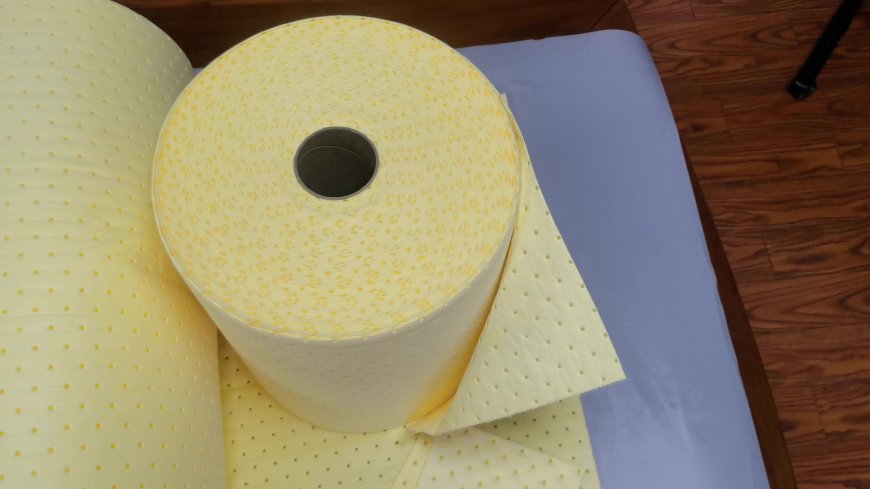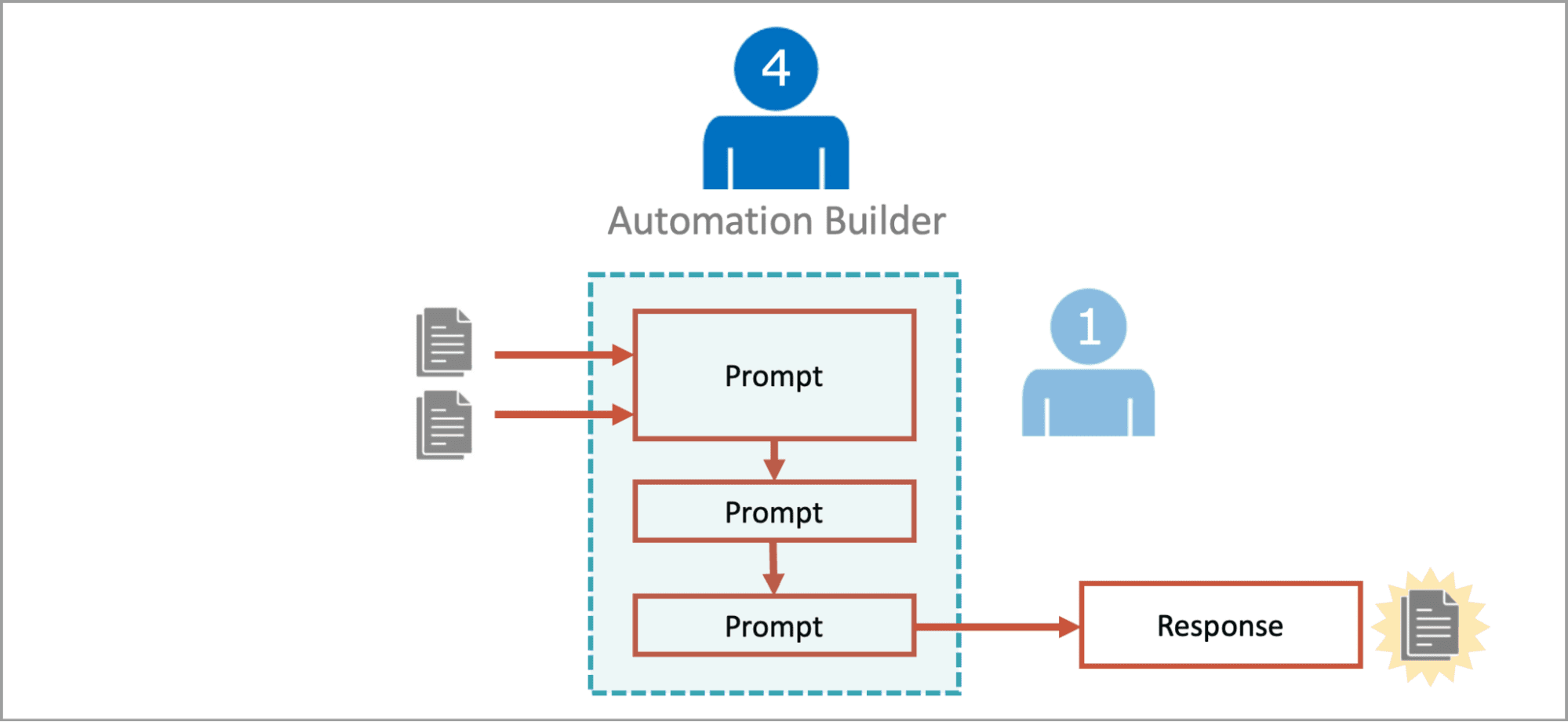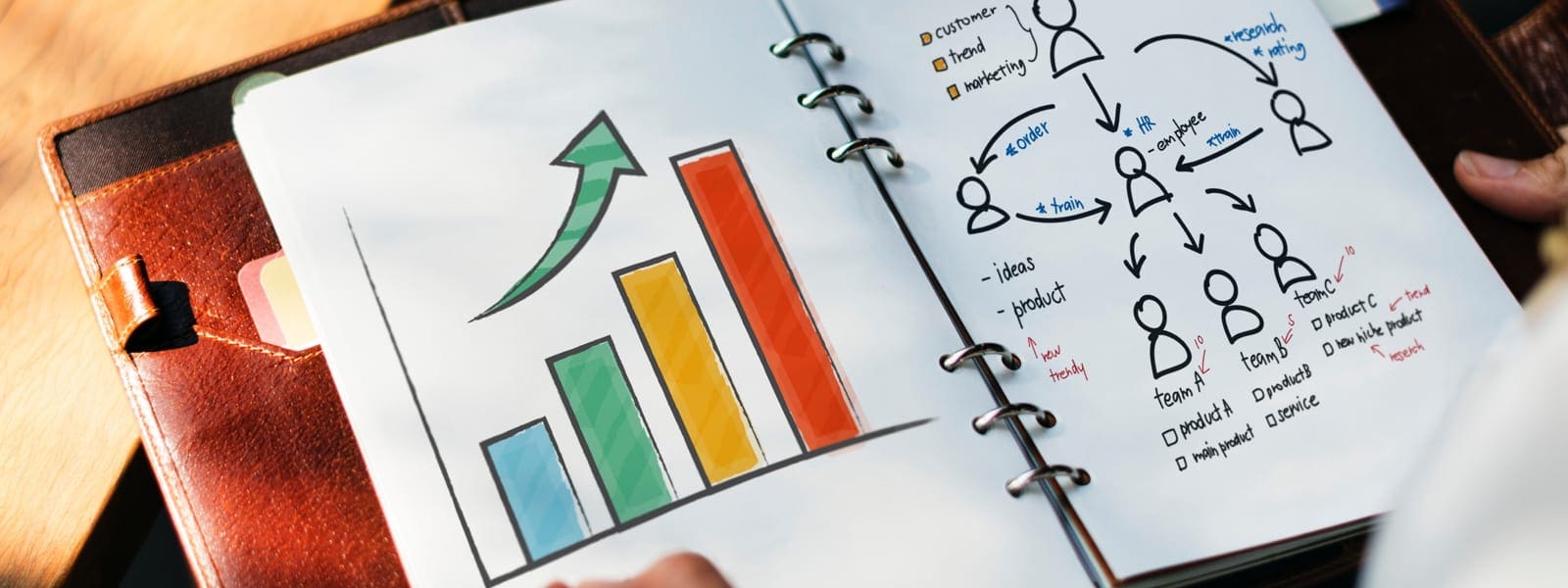What Should be Included in A Comprehensive Spill Response Plan?

Experiencing different types of spill incidents is a norm at both home and the workplace. These spills can cause irreparable damage to your health and property and even lead to contamination and explosions if not tackled timely manner. Therefore, having a comprehensive spill response plan is necessary to avoid and deal with various types and extents of spills.
A spill response plan is a clear guide for what to do when oil, chemicals, or other liquids spill in a workplace. It is not just a good practice but also a legal requirement. In this article, we will discuss in detail the things every good spill response plan should include.
Clear Roles and Responsibilities
The first thing to include in your spill response plan is who does what. So that everyone is aware of their role or duty during a spill. For example, some people are in charge of stopping the spill, some handle the clean-up process, and some call emergency services or report the incident.
You can name people who are trained to deal with spills, such as team leaders, health and safety officers, or trained workers. Make sure replacements are listed too, in case the main person isn’t available.
Types and Locations of Spill Kits
Make sure to mention in the plan where the spill kits are kept and what’s inside each one. Spill kits are bags or bins that contain everything needed to clean up a spill safely. They usually include gloves, absorbent pads, absorbent rolls, waste bags, and other tools.
Different spill kits are made for different spills. For example, oil-only kits are for oil, chemical kits are for hazardous liquids, and general-purpose kits can be used for many kinds of spills. So, always make sure to have the right spill kits and keep them close to the area where spills can happen.
Risk Assessment
Before any spill happens, you need to know what types of spills are most likely to occur in your workplace. So, first of all, look at what substances you store, where they are kept, and how they are used and then list each liquid, how harmful it is, how much of it is on-site, and where it could leak or spill. Moreover, consider what could happen if it does spill, such as harm to people, damage to the building, or pollution. It will help you create a more effective plan and handle each spill accordingly.

Step-by-Step Response Procedures
The response plan should have easy steps to follow when a spill happens. These steps help workers act fast and safely. The basic steps that a good spill response plan should include are:
● Stop the spill if it is safe to do so.
● Raise the alarm or inform others.
● Use barriers to stop the spill from spreading.
● Use the right absorbents to clean it up.
● Place waste in proper containers.
● Report the spill.
Emergency Contact Information
In some cases, a spill may be too big or dangerous to handle alone. So, your plan must include an expert's contact information or numbers to call in an emergency. This can include local fire services, environmental agencies, or the company’s emergency response team. Having all these numbers in one place saves time and unnecessary stress during a crisis.
Storage and Labelling of Liquids
To reduce the risk of spills, your plan should cover how liquids are stored. All containers should be strong, sealed, and clearly labelled. Keep different chemicals away from each other. Additionally, make sure the drums and containers are placed in drip trays or bunded areas. These are designed to catch spills before they spread.
Use of Absorbent Materials
The plan should explain which absorbent materials to use for different types of spills. One useful item is the absorbent roll. These rolls are placed under leaks or laid across floors to soak up spilt liquid. They are not only good for covering large areas but are also handy for catching drips from machinery. It helps. Your spill response team needs to better understand when to use rolls, pads, socks, or pillows, depending on the size and type of spill.
Staff Training
Even the best plan won’t work if your staff don’t know what to do. Therefore, staff training is also an important component of a spill response plan. All employees should know how to respond to spills, where to find the nearest spill kit, and how to use absorbents like rolls or pads. It will not only ensure effective spill control but also polish your employees ' skills and reduce the turnover rate.
Key Takeaway
Spills can cause injuries or damage and even contaminate your environment, but a simple, well-planned response can help you stop a small spill from becoming a big one. By including these simple things in your spill response plan, you can be better prepared to protect your people, your workplace, and the environment.















































































































































